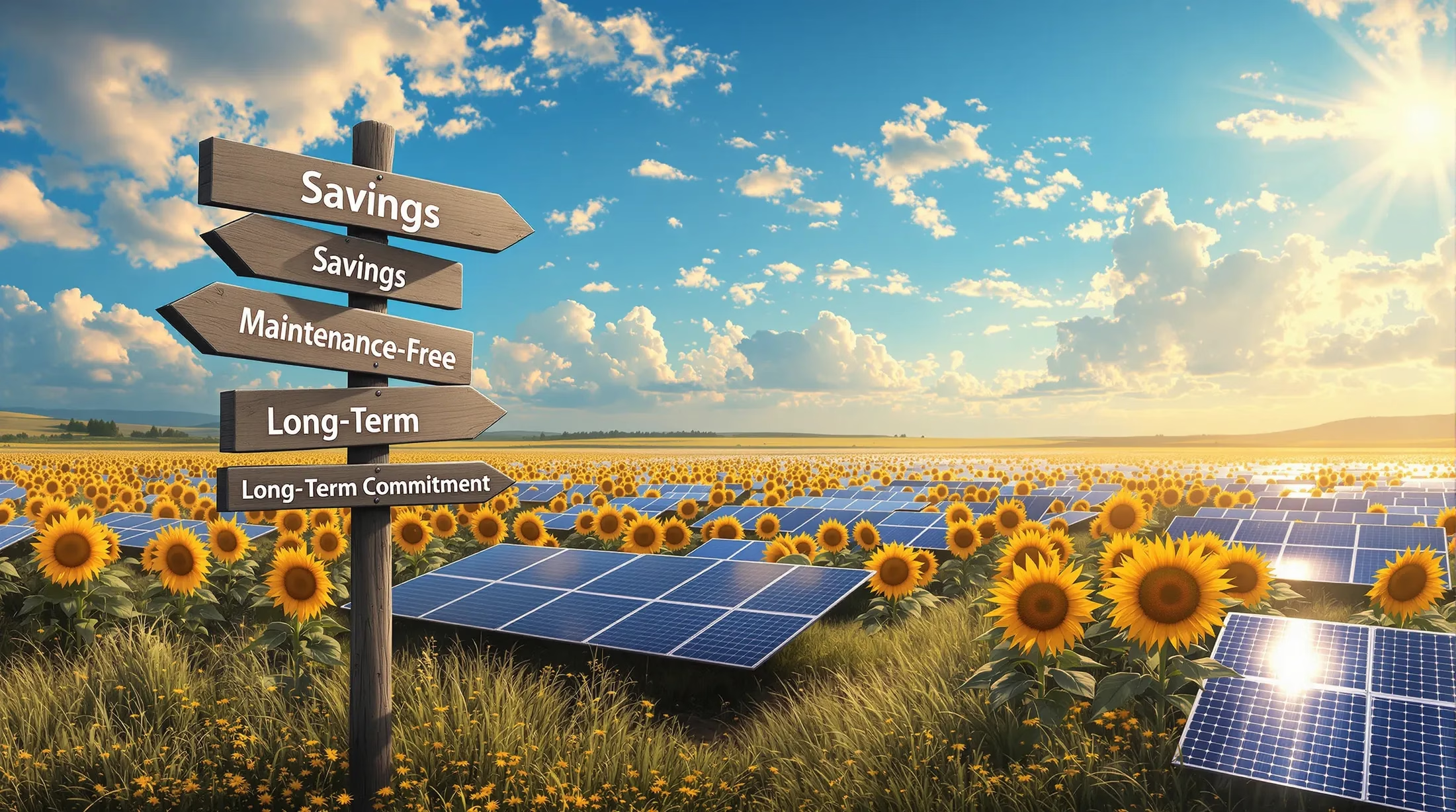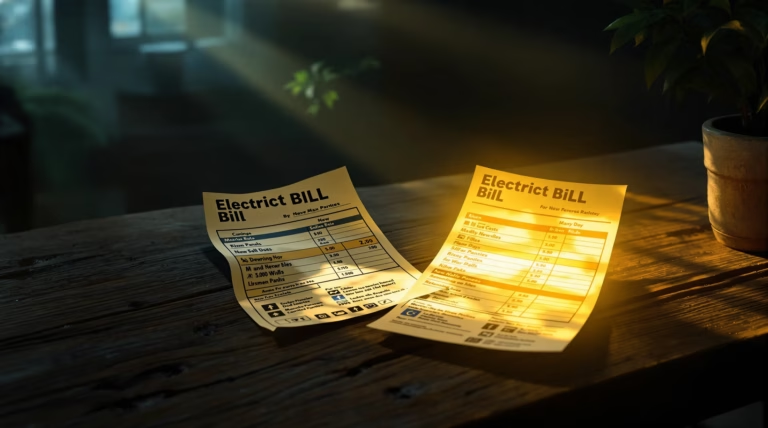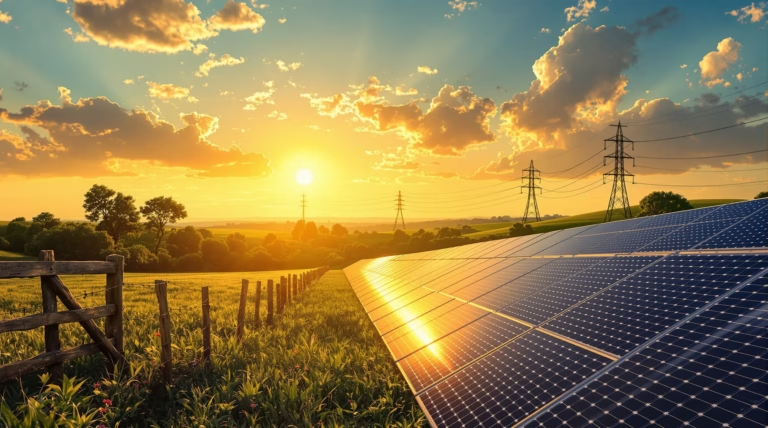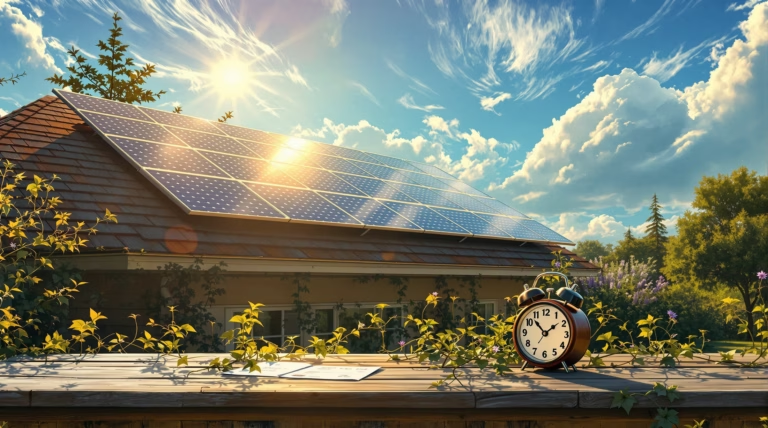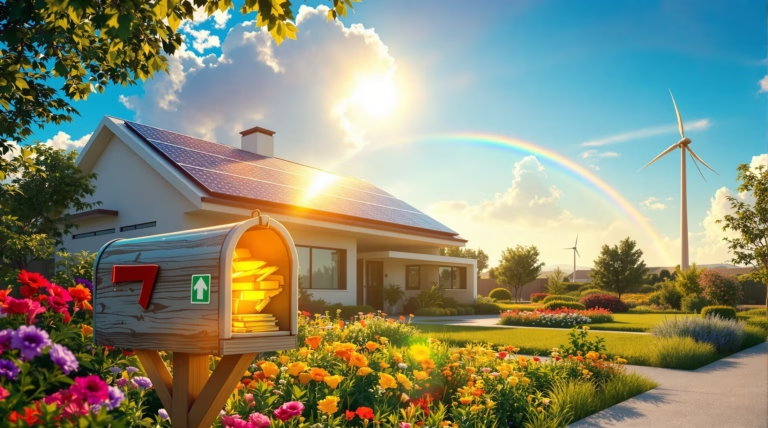How Does a Solar Lease Work? A Comprehensive Guide
Looking to harness solar power without the hefty upfront investment? Solar leasing offers a practical solution for homeowners seeking to embrace renewable energy while maintaining financial flexibility. Let’s explore how this innovative financing model works and what benefits it can bring to your home.
Understanding Solar Leases
Solar leasing has revolutionized access to renewable energy by enabling homeowners to adopt solar power without purchasing the equipment outright. This financial arrangement allows you to rent solar equipment while benefiting from clean energy generation. The model has successfully democratized solar energy access, making it available to those who might otherwise find the initial investment prohibitive.
Through a solar lease agreement, homeowners can reduce their electricity costs and support environmental sustainability while leaving installation, ownership, and maintenance responsibilities to a third party. This third-party ownership (TPO) model has transformed residential solar financing, creating new opportunities for clean energy adoption.
What is a Solar Lease?
A solar lease represents a contractual arrangement between a homeowner and a solar company where the company maintains ownership and responsibility for the solar panel system installed on your property. In exchange for a fixed monthly payment, you receive all the electricity generated by the panels. These agreements typically span 20-25 years, offering long-term access to renewable energy without equipment ownership responsibilities.
The arrangement effectively allows homeowners to replace a portion of their utility costs with a generally lower, more predictable solar lease payment. Unlike traditional utility rates that tend to increase over time, lease payments remain relatively stable throughout the contract period.
How Does a Solar Lease Work?
- Initial assessment of property’s solar potential and energy requirements
- System design and presentation of lease agreement terms
- Handling of permits and system installation by the solar company
- Grid connection and system activation
- Ongoing maintenance and repairs managed by the leasing company
- Performance monitoring and guarantee fulfillment
Advantages of Solar Leasing
Solar leasing provides an accessible entry point to renewable energy for homeowners seeking immediate benefits without significant financial commitments. This TPO model enables immediate carbon footprint reduction while delivering cost savings of 10-30% on electricity expenses from day one.
The arrangement offers protection against rising utility rates, with traditional electricity costs historically increasing by 2-5% annually. Solar leases provide rate stability throughout the 20-25 year contract period, combining financial predictability with environmental benefits.
Zero Upfront Costs
The elimination of substantial initial investment stands as one of solar leasing’s most attractive features. Unlike direct purchases requiring $15,000-$25,000 upfront, solar leases typically require minimal to no down payment. This approach removes financial barriers, making solar energy accessible regardless of available capital.
The leasing company covers all expenses related to:
- System design and engineering
- Permit acquisition
- Equipment procurement
- Professional installation
- Initial setup and configuration
Predictable Monthly Payments
Solar leases offer financial stability through consistent, predetermined monthly payments that replace variable utility bills. Your payment schedule is established at the outset for the entire 20-25 year term, enabling more accurate household budgeting and protection from unexpected energy cost spikes.
While some leases maintain fixed payments throughout the agreement, others include modest annual increases of 1-3%. Even with these escalators, solar lease payments typically rise more slowly than traditional utility rates, providing long-term financial predictability in your energy expenses.
No Maintenance Responsibilities
Solar leasing eliminates the burden of system maintenance by transferring all responsibilities to the leasing company. The comprehensive service coverage includes system performance monitoring, routine maintenance, and all necessary repairs throughout the lease term. Professional solar maintenance, which typically costs hundreds of dollars annually, becomes the leasing company’s responsibility.
- System performance monitoring and diagnostics
- Regular panel cleaning and inspections
- Inverter replacement (typically needed once during system lifetime)
- Emergency repairs and equipment failure resolution
- Performance guarantee management
Disadvantages of Solar Leasing
While solar leasing provides easy access to clean energy without upfront costs, it presents several significant drawbacks that require careful consideration. These limitations can substantially impact your long-term financial benefits and flexibility during the 20-25 year contractual period.
Compared to purchasing systems outright or using solar loans, leases typically offer reduced financial benefits. The leasing company retains ownership and receives valuable government incentives and tax benefits, while leased panels don’t contribute to property value appreciation.
Ineligibility for Tax Incentives
When choosing a solar lease, you forfeit access to substantial financial incentives. The federal solar Investment Tax Credit (ITC), currently offering a 30% tax credit on total system cost, goes to the leasing company as the system owner. This represents thousands of dollars in potential tax savings lost.
- Federal Investment Tax Credit (30% of system cost)
- State-specific solar incentives
- Local rebate programs
- Solar Renewable Energy Certificates (SRECs)
- Additional state incentives worth $5,000-$10,000 over system lifetime
Lower Long-term Savings
Solar leases consistently deliver reduced lifetime savings compared to ownership options. While providing immediate bill reduction, cumulative lease payments over 20-25 years often exceed ownership costs. Industry analysis reveals that solar ownership yields 40-70% more lifetime savings than leasing.
| Lease Characteristics | Impact on Savings |
|---|---|
| Annual Payment Escalators | 2-3% increase yearly |
| System Efficiency | Natural degradation over time |
| Ownership Recovery Period | 7-12 years for purchased systems |
Complications in Home Selling
Selling a home with leased solar panels presents unique challenges. Homeowners typically face three options:
- Early lease termination (potentially thousands in fees)
- Lease transfer to new homebuyer
- System removal and roof restoration
These complications can extend the home selling process and potentially impact property value. Unlike owned systems that typically increase home value by 3-4%, leased systems may complicate mortgage approval and limit the potential buyer pool due to lease transfer requirements.
Key Considerations Before Signing a Solar Lease
A solar lease represents a significant 20-25 year commitment that requires careful evaluation. Understanding the complete agreement terms, comparing financing options, and assessing potential property value impacts are essential steps before proceeding. The decision should be based on thorough analysis of contract terms, exit clauses, and system production guarantees to ensure alignment with your long-term financial objectives.
Understanding Price Escalators
Price escalators, also known as ‘price-adders,’ are critical financial components in solar lease agreements that affect your long-term costs. These provisions allow solar companies to increase monthly payments annually throughout the lease term, typically ranging from 1-3% per year.
| Escalator Impact Example | Payment Growth |
|---|---|
| Initial Monthly Payment | $100 |
| Annual Escalator Rate | 2.9% |
| Payment by Year 25 | ~$200 |
When evaluating lease proposals, consider these essential factors:
- Negotiate for the lowest possible escalator rate (0-1%)
- Compare escalators against historical utility rate increases
- Calculate the long-term impact on monthly payments
- Watch for low initial payments masking high escalators
- Seek fixed payments or minimal escalators for predictable costs
Evaluating Performance Guarantees
Performance guarantees protect your investment by ensuring the solar system delivers promised electricity production. These guarantees specify minimum annual electricity generation in kilowatt-hours (kWh) and include compensation mechanisms for underperformance.
- Real-time system monitoring and production tracking
- Compensation through direct payments or lease credits
- System degradation considerations over time
- Maintenance responsibility allocation
- Weather variation and shading impact provisions
Researching Solar Lease Providers
Selecting a reliable solar lease provider requires thorough investigation, as this partnership typically spans 20-25 years. Focus on companies with 5-10 years of industry experience and strong financial stability.
- Better Business Bureau ratings and customer reviews
- Financial stability and company longevity
- Maintenance response times and protocols
- Lease transfer procedures for home sales
- Contract transparency and fee structures
- System monitoring capabilities
Comparing Solar Leases with Other Financing Options
Solar leases represent a distinct financing approach compared to purchases, loans, or power purchase agreements (PPAs). The fundamental difference lies in system ownership, which affects tax benefits, long-term savings, and property considerations. Understanding these distinctions helps align your choice with financial goals and homeownership plans.
Solar Lease vs Solar Loan
| Feature | Solar Lease | Solar Loan |
|---|---|---|
| Ownership | Company owned | Customer owned |
| Tax Benefits | None | 30% federal credit |
| Payment Duration | 20-25 years | 7-15 years |
| Long-term Savings | Moderate | Higher |
Solar Lease vs Power Purchase Agreement (PPA)
Solar leases and Power Purchase Agreements (PPAs) represent distinct third-party ownership models, primarily differentiated by their payment structures. Let’s examine their key characteristics:
| Feature | Solar Lease | PPA |
|---|---|---|
| Payment Structure | Fixed monthly payment | Pay per kWh generated |
| Cost Predictability | High | Varies with production |
| Best Suited For | Predictable budgeting | High-solar production regions |
Both financing options share several common elements:
- Solar company maintains ownership and system maintenance
- No upfront installation costs
- Contract terms typically span 20-25 years
- Similar escalator clauses and transfer provisions
- Ineligibility for tax incentives or rebates
Your choice between a lease and PPA should primarily depend on your local climate conditions, electricity consumption patterns, and preference for payment predictability. While leases offer consistent monthly expenses, PPAs might prove more cost-effective in areas with consistent solar production.

